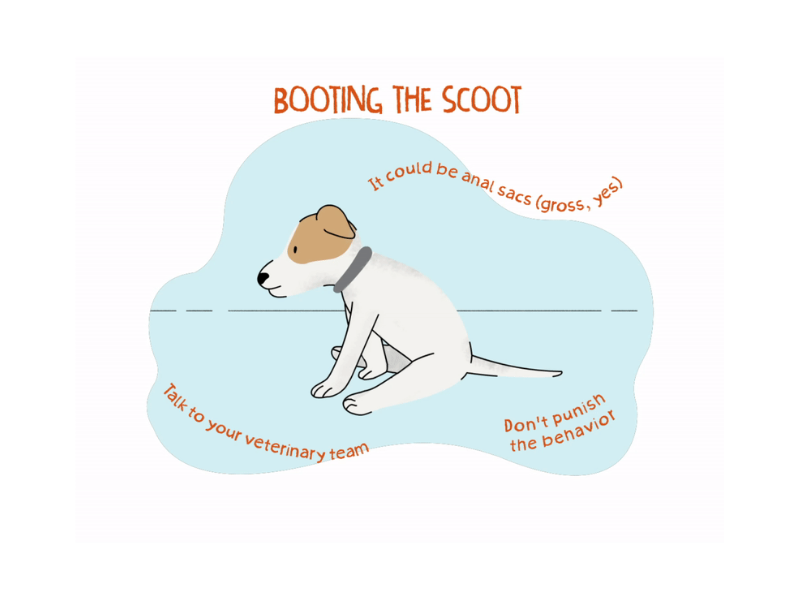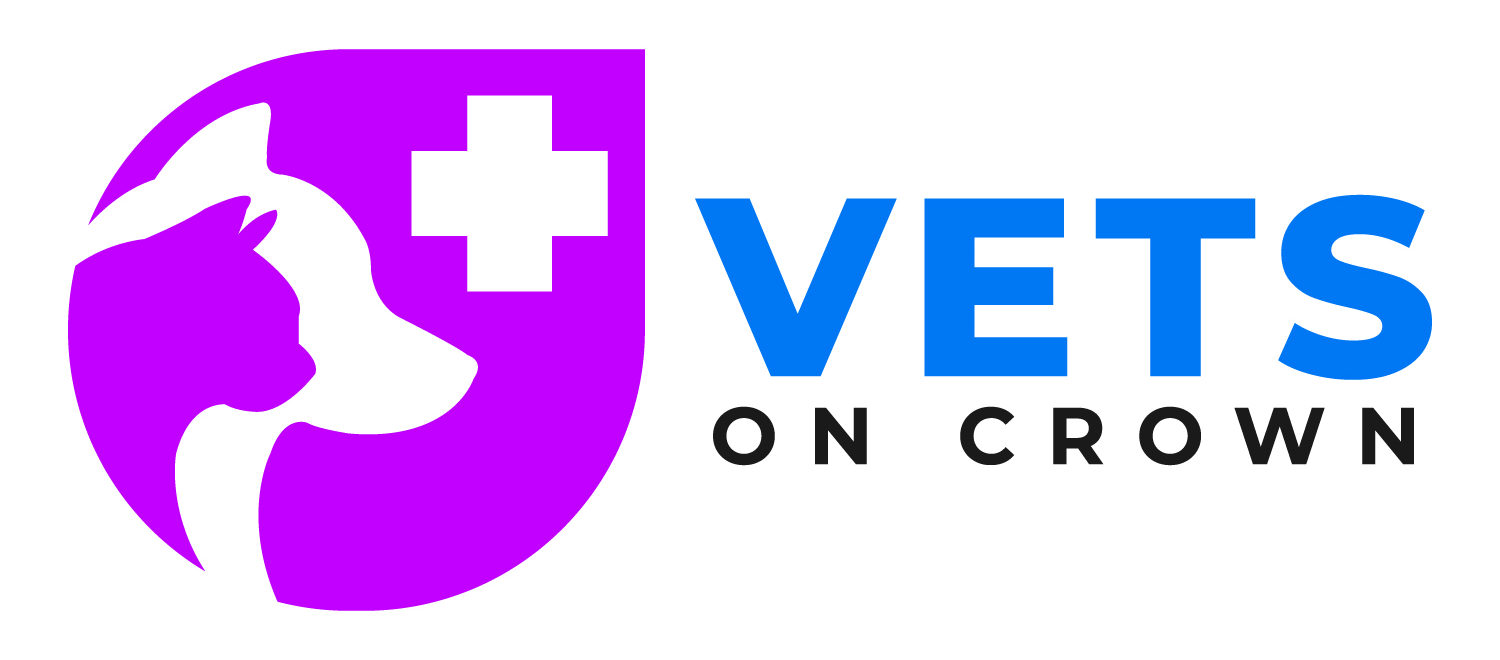Veterinary Resources
Anal Glands Information
If your pet is experiencing problems with their anal glands, our nurses can help!
Veterinary Resources
Anal Glands Information
Anal glands are two small sacs located inside the animal’s anal opening.
The anal glands fill with fluid, which should be expressed naturally when your pet defecates.
The fluid produced in the anal glands is unique to each animal and is dispersed for scent-marking purposes.
Anal gland problems
If your pet’s anal glands don’t express naturally, they can become over-filled, blocked and inflamed and may cause discomfort.
Common causes for anal gland issues include obesity, poor anatomy, digestive problems, infection or loose stools.
Symptoms of anal gland problems
If your pet is experiencing problems with their anal glands, they may show the following symptoms: scooting their bottom on the floor, licking or chewing at their rear end, foul- smelling discharge, redness and swelling of anal area.
Prevention & treatment
To prevent anal gland issues, discuss a diet plan with your veterinarian. It is important for your pet to have a healthy and balanced diet to prevent obesity and poor gastrointestinal health, as these can attribute to anal gland issues.
Increasing the fibre in your pet’s diet can help to avoid anal gland issues. You can add fish oil and cooked fresh pumpkin to your pet’s diet to increase fibre content.
Glandex is a supplement used to support healthy anal gland function and promotes natural emptying of the sacs. This product is available at the clinic.
If your pet is experiencing issues with their anal glands, it is important that they see a vet. If left untreated, the anal glands can over-fill and may result in an infection or abscess.
Manual expression of the anal glands is advised if they are experiencing is advised if they are experiencing any symptoms, to avoid over-filling
If you think your pet needs their anal glands expressed, any of our nurses can do it!

